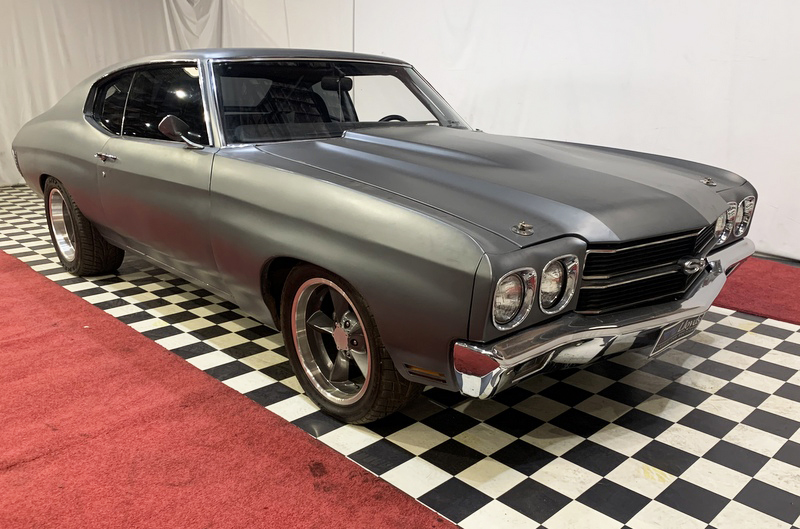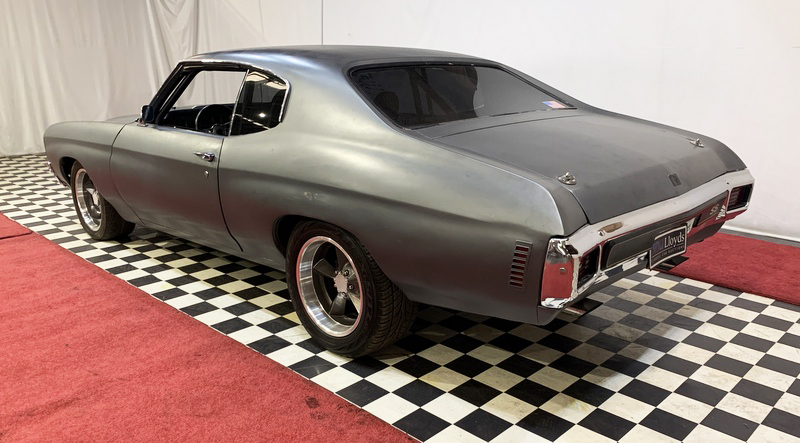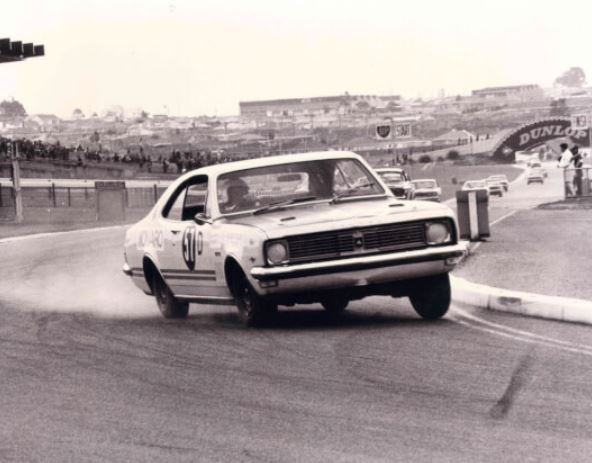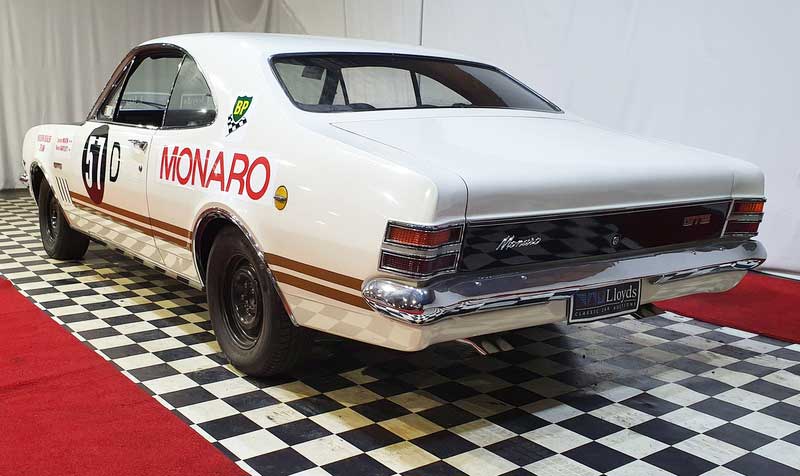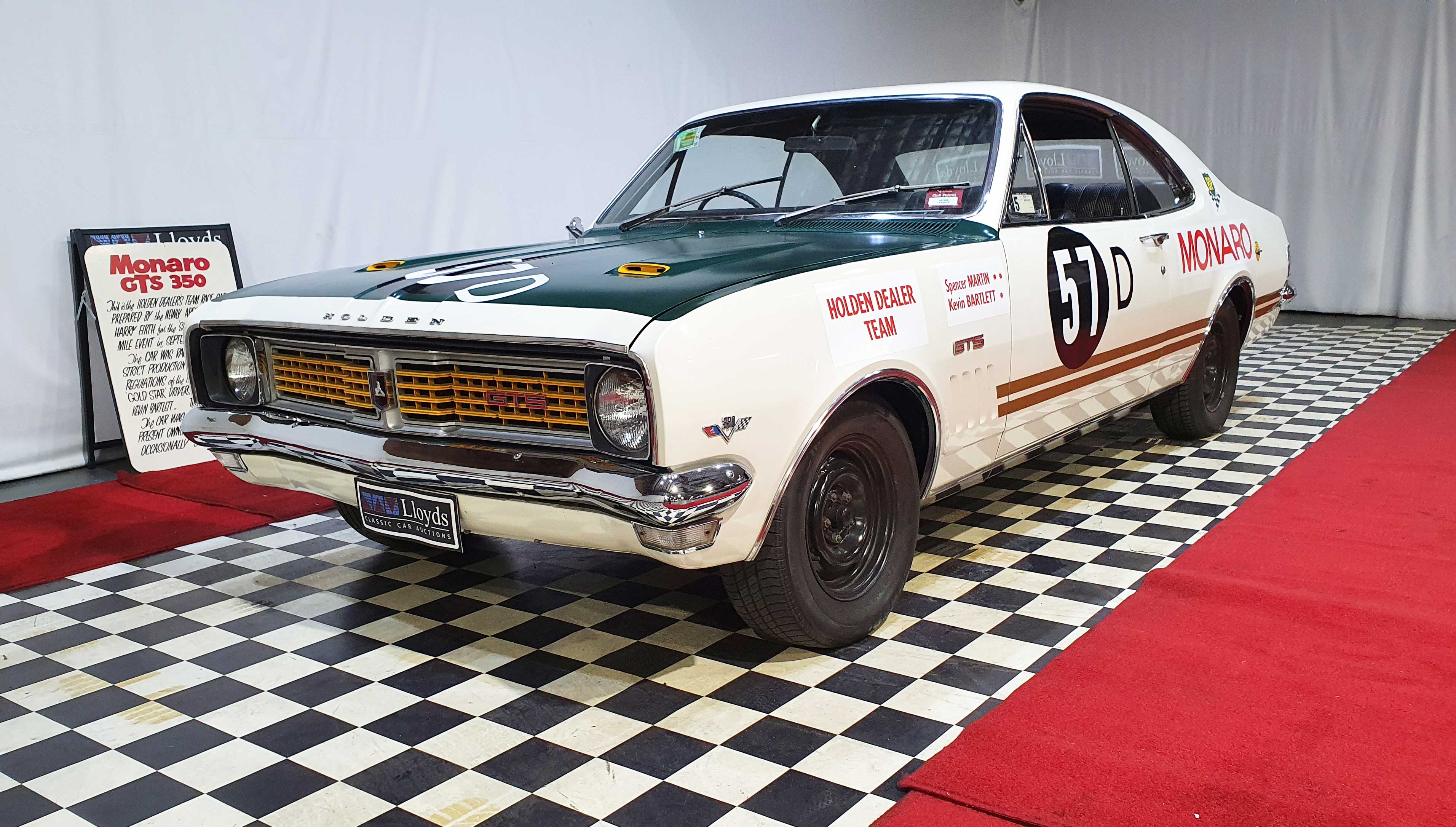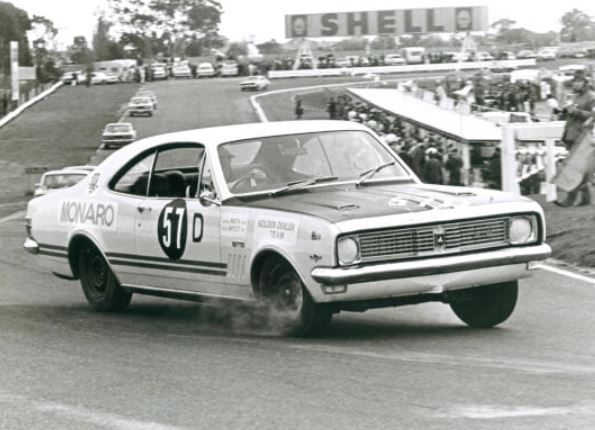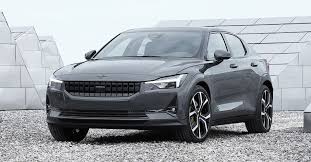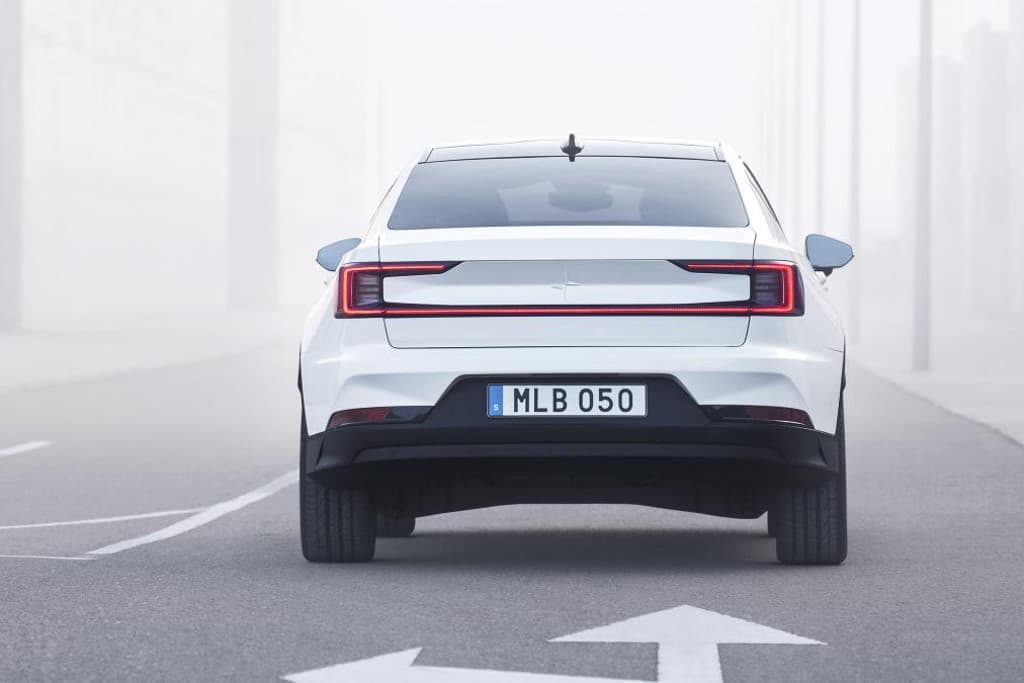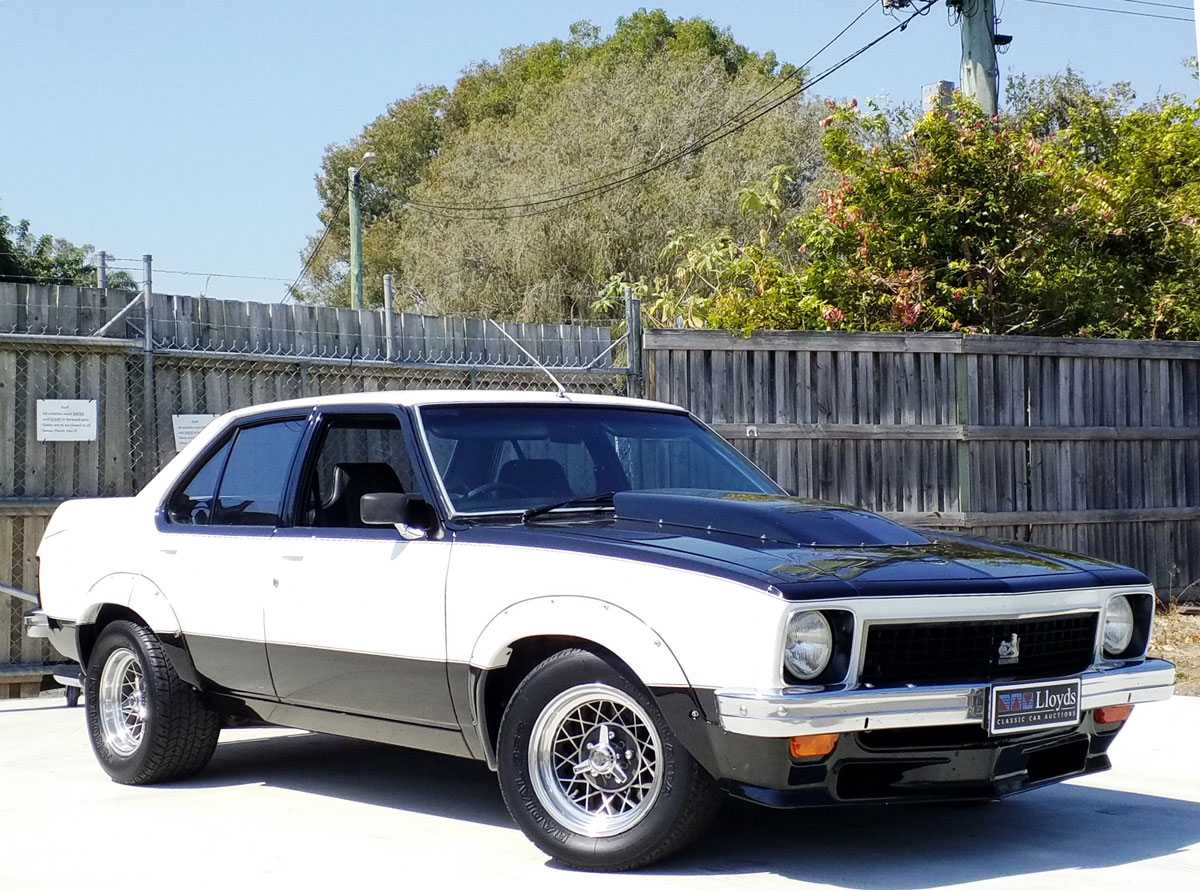FORD now has Andrew Birkic in the driving seat as president and CEO for the Australia and New Zealand region.
It seems to be a natural fit – Mr Birkic has played an integral role in the global success of the Australian-developed Ford Ranger and Everest vehicles – as former regional president and CEO, Kay Hart, gears up for a new global role as enterprise product line manager (EPLM) for Ford Van and Bus, based in Europe.
Mr Birkic, whose title changed today from chief product marketer for Ranger and Everest, will be based in Melbourne and report to Ford International Markets Group president, Mark Ovenden. 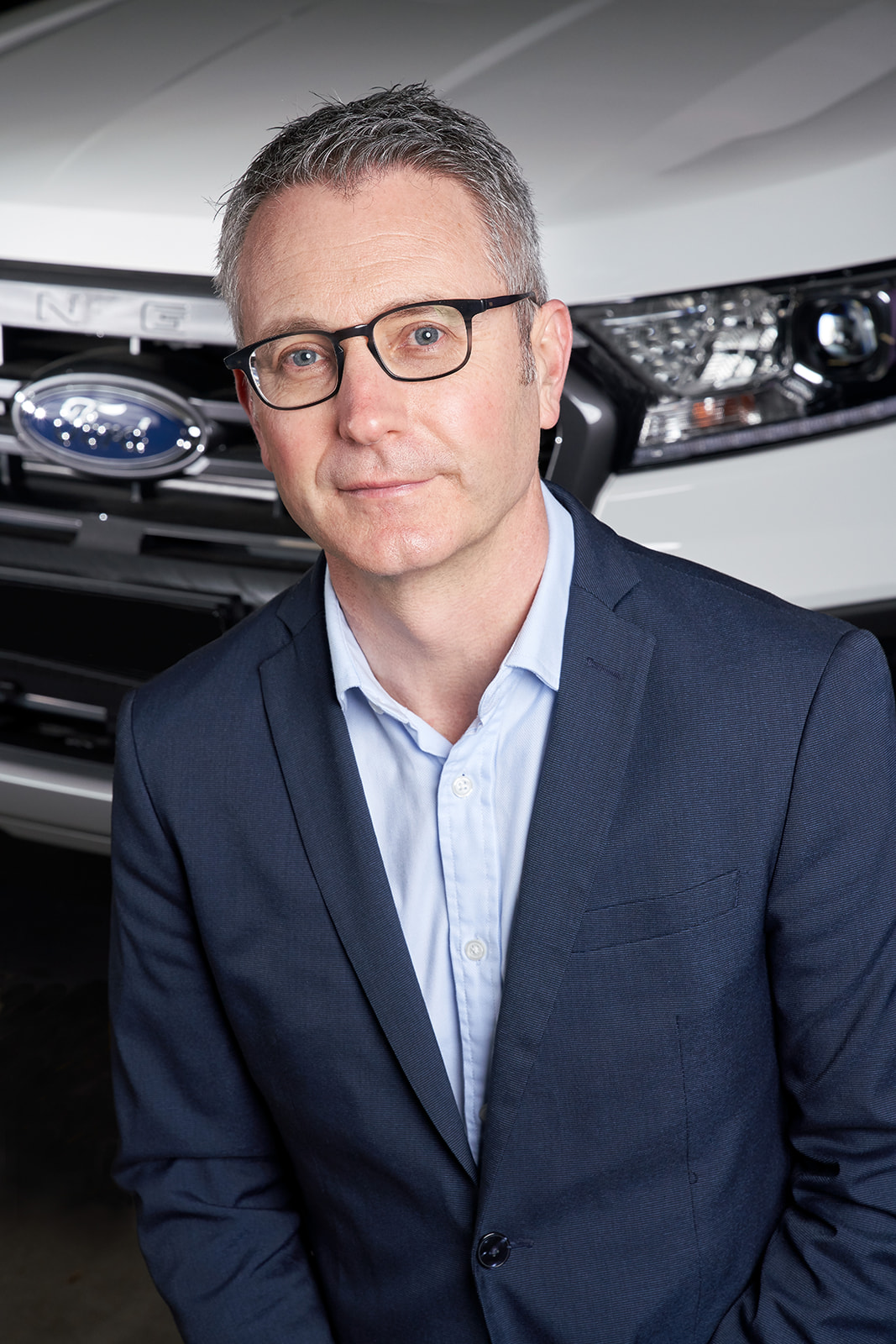
“Andrew is a highly experienced and engaging leader who brings a wealth of insights into the evolving needs of customers,” Mr Ovenden said. “Andrew’s passion for bringing vehicles to market that truly serve our customers, his breadth of understanding of the local market, and his global expertise will serve as a strong foundation for the continued progress of the business. I am delighted to welcome Andrew into this role.”
Customers have been at the centre of each of Andrew Birkic’s roles with Ford in Australia, Asia and the US over the past 26 years. As chief product marketer for Ranger and Everest, Mr Birkic represented the needs of global customers in key product decisions, ensuring the unique requirements of customers from each region were considered.
He also has global responsibility to develop pricing, series and positioning strategies for future vehicles, working in close collaboration with the Ford Product Development team based in Melbourne.
Prior to his current role, Mr Birkic spent three years in Detroit as global advanced consumer experience platforms manager, and two and a half years in Shanghai as Ford Asia Pacific director for dealer development and consumer experience. Working with dealers and Ford teams in each country to develop tools and strategies to better serve their customers was at the heart of both roles.
Before this, Mr Birkic held a variety of leadership positions across marketing, sales and the Ford Customer Service Division at Ford Australia, where he began his career in 1994.
“I am thrilled to be re-joining the fantastic team in Australia and New Zealand,” Mr Birkic said.
“I know how passionate and accomplished the team is, having spent the past two years working with the Ranger and Everest development team to grow the brands across more than 180 markets. I look forward to working closely with our team and dealers to serve our customers.”
Mr Birkic will now be responsible for Ford’s National Sales Company (NSC) in Australia and New Zealand, including marketing, sales and service, dealer relations, and customer satisfaction.
Mr Birkic’s appointment comes at an exciting time for Ford Australia and New Zealand, as the company prepares to launch the all-new Ford Puma and Escape SUVs, including the brand’s first electrified vehicle, the Escape Plug-in Hybrid (PHEV).
HART HEADS FOR EUROPE
Kay Hart, in a new global role as enterprise product line manager (EPLM) for Ford Van and Bus, based in Europe, will report to Jim Baumbick, EPLM vice president. She will now be responsible for the Van and Bus product lines in addition to carrying forward Ford’s Commercial Vehicle alliance with VW. Ms Hart has also been appointed a member of the Ford Otosan board of directors, and will be based out of Dunton, UK.
Ford’s EPLM organisation comprises cross-functional teams that manage distinct product lines as end-to-end businesses and leverage Ford’s human-centred design, advanced product marketing and user experience teams to create breakthrough products and customer experiences.
“Kay’s contribution to our business in Australia and New Zealand over the past two years has been outstanding, from delivering Ranger’s overall 4x4 leadership in Australia, to further strengthening our focus on customer satisfaction,” Mr Ovenden said. “We congratulate Kay as she transitions to her new global role.”
Ms Hart joins the EPLM team after holding a number of key roles in New Zealand, Thailand, China, the Philippines, the US and Australia over her 21 years at the company.
“I’ve loved my time in Australia and New Zealand,” Ms Hart said. “I have every confidence that our Ford team – both employees and dealers – will continue to strive to create an even better experience for our customers and introduce great vehicles to this rapidly evolving market.
“I am proud of our commitment to Australia, and the work of our 2,500-strong team who design and engineer world-class vehicles like the Ranger and Everest and look forward to following their progress in my new role.”
Ford is now Australia’s largest automotive employer, with more than 2,500 engineers, designers, technical, automotive and other specialists working at four locations across Victoria. Australia-based engineers and designers led the development of award-winning vehicles such as the Ford Ranger pickup and Everest SUV.
Australia is a key product development hub for Ford, with the company investing more than $1.9 billion in research and development in Australia between 2016 and 2019. More than $500 million of investment is planned for 2020.
Ford Motor Company of Australia Limited (Ford Australia) is a subsidiary of Ford Motor Company, founded in Geelong, Victoria, in 1925.
www.ford.com.au
ends
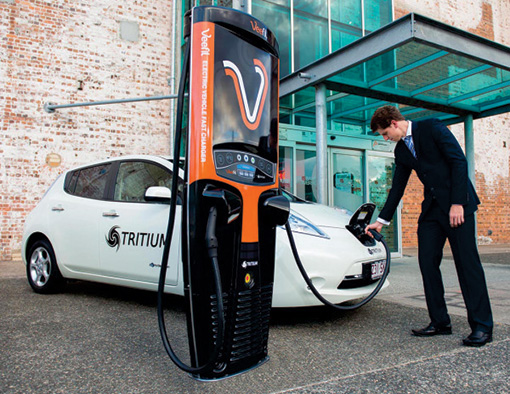

 How to resolve AdBlock issue?
How to resolve AdBlock issue? 